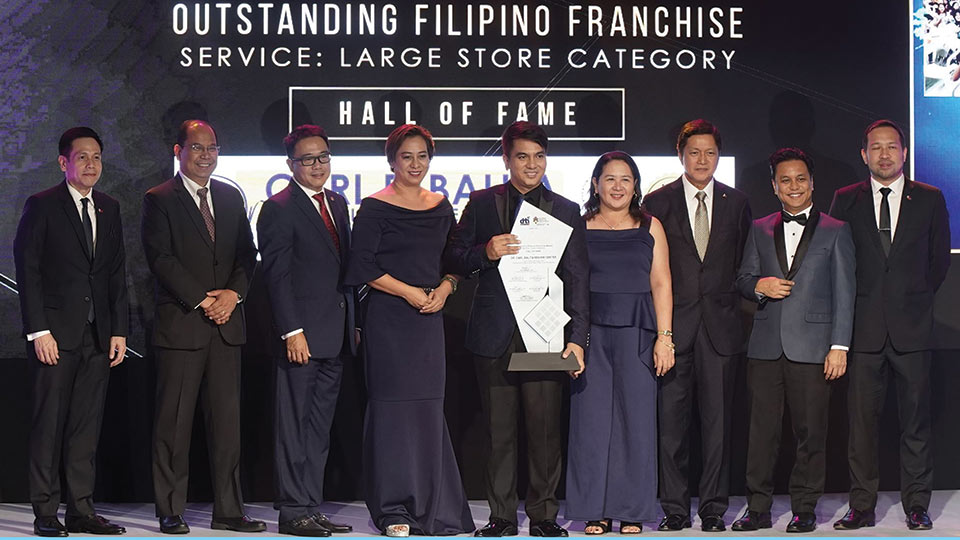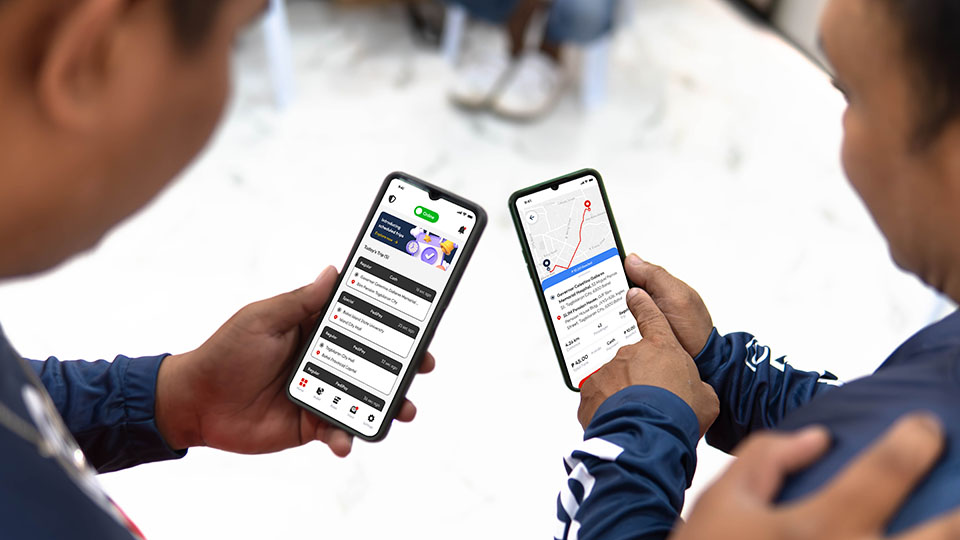New hope for victims of nerve damage thanks to IAP-supported invention
As a child, it was Lizah Dorao’s dream to find a cure for paralysis. That ambition motivated her through two chemistry degrees and medical school as she investigated new ways to repair damaged nerves. Today, Dr. Dorao is a medical officer and flight surgeon in the Philippine Air Force – and the holder of a patent which may revitalize hopes for victims of nerve damage and paralysis.
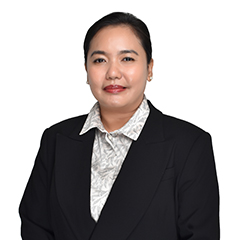
The body’s nervous system is a fantastically complex network of nerves, sensory receptors and cells that relay messages to and from the brain. Just about everything we do, from riding a bike to tasting our food, relies on the nervous system. An essential component of this network is the peripheral nerves, which transmit commands from the brain and spinal cord to the other parts of the body. If these nerves are damaged, it can prevent messages from reaching muscles, potentially resulting in reduced mobility or paralysis.
The good news is that damaged nerves can regenerate, particularly with timely medical support. While studying for her MSc in chemistry, Dr. Dorao investigated procedures and materials that can encourage nerve repair.
Autografting – a nerve regeneration treatment with mixed results
The current most effective procedure to promote nerve regeneration is known as autografting. This is when a section of healthy nerve is taken from elsewhere in the body and used as a bridge to connect the two ends of a damaged nerve.
Although autografting can recover a patient’s mobility and sense perception, it is an intensive, lengthy procedure requiring two surgeries. This increases the risk of complications for the patient and the chance of the damaged nerve failing to regrow.
Furthermore, there can be a mismatch between the healthy and damaged nerve, which can also hinder nerve regeneration. In addition, according to Dr. Dorao, clinical outcomes are unsatisfactory, wherein less than 25% of patients treated with autografts achieve functional sensory and/or motor function recovery.
Nerve Guidance Conduits for peripheral nerve regeneration
As an initial effort to create therapeutic measures for addressing paralysis caused by peripheral nerve injuries, Dr. Dorao explored the use of artificial nerve guidance conduits (NGCs). These are minuscule therapeutic biomedical devices that act as a scaffold for nerve regeneration.
Although nerve repair using NGCs is easier and quicker to perform, and does not require repeated surgery unlike the nerve autografts, its applicability is currently limited only to the repair of short nerve gaps that are less than 3 cm.
Dr. Dorao has created a new NGC out of three biocompatible polymers that may overcome this limitation, which is unlike the commercially available NGCs at present that are made of only one or two components. These three components, namely a natural polymer, a synthetic polymer, and a conducting polymer, combine the advantages seen in each of these polymers while circumventing their disadvantages. What distinguishes her invention is the use of a conducting polymer, which serves as a medium for electrical stimulation to promote more enhanced nerve regeneration.
This NGC has proved to be of good biocompatibility and good biodegradability and has been demonstrated in animal studies to provide significantly better motor function recovery results compared to autograft.
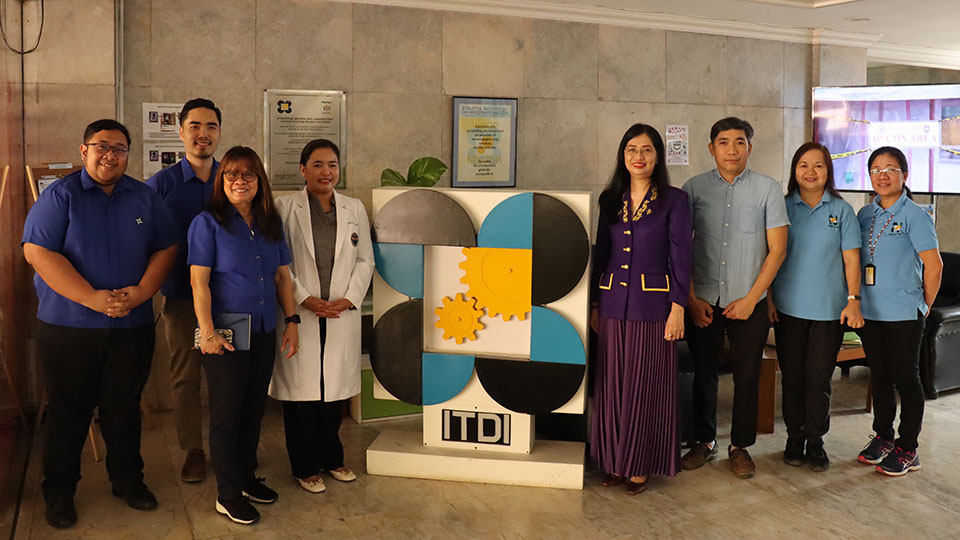
Dr. Dorao is keen to recognize the help she has received to develop her invention into an improved version for use in clinical human trials. In addition to the Philippine Air Force, she has been supported by the Department of Science and Technology – Industrial Technology Development Institute (DOST-ITDI) under the leadership of its director, Dr. Annabel Briones.
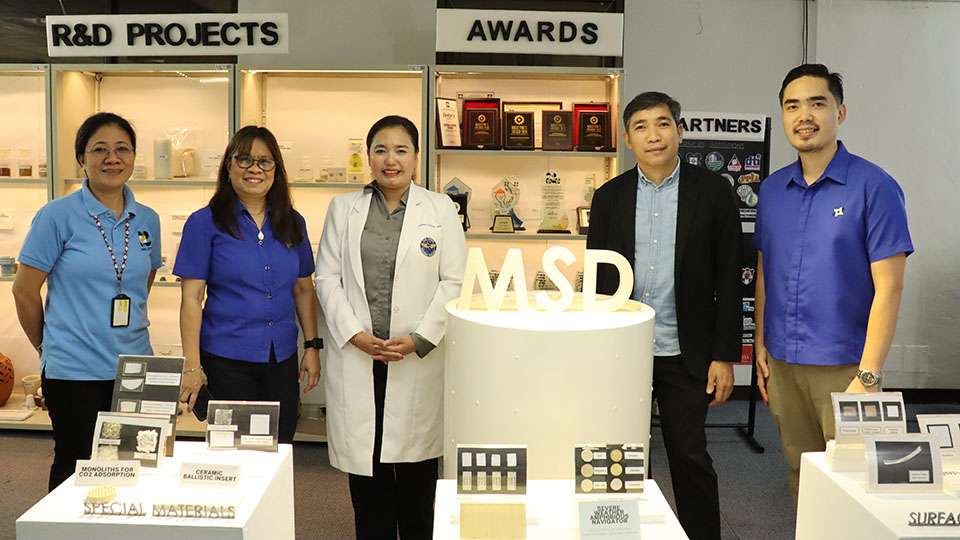
Overcoming patenting challenges with the IAP
Further help was needed when Dr. Dorao sought to protect her invention with a patent, as she – like many other innovators – found the technical aspects of drafting a patent application challenging.
Furthermore, as she is not based in an academic or research institution, she did not have access to in-house IP expertise or resources to support her patent application. As a result, Dr. Dorao was struggled with the patent application filing procedure.
WIPO established the Inventor Assistance Program (IAP) to assist inventors in overcoming this challenge. The IAP is a unique partnership between WIPO and national patent offices in nine countries (Chile, Colombia, Ecuador, Kenya, Morocco, Peru, the Philippines, Singapore and South Africa). Together, they pair resource-poor inventors with patent attorneys who provide highly valuable patent drafting and prosecution services free of charge.
It was in 2020, while browsing through the website of the Intellectual Property Office of the Philippines (IPOPHL) during a COVID-19 quarantine that Dr. Dorao first learned about the IAP and reached out to the IPOPHL. At the meeting, organized by the IAP country focal point Mr. Dindo Dumali, the IPOPHL team shared with Dr. Dorao their professional expertise regarding patenting issues and encouraged her to apply to the IAP. She was accepted and matched with pro-bono agents Dr. Armando Reosura of Carlos Hilado Memorial State University and Engr. Theda Mae Salvania-Dumali of the Department of Science and Technology – Technology Application and Promotion Institute (DOST-TAPI).
How did the IAP volunteer help Dr. Dorao patent her invention?
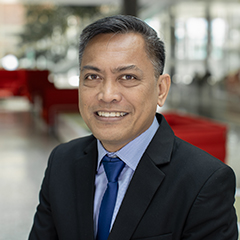
“As an inventor myself, I empathize with the needs of fellow inventors concerning intellectual property. Every inventor deserves recognition for their technological contributions, irrespective of their financial situation”, explains Dr. Reosura. “As an IAP volunteer, I am committed to offering the guidance and support necessary to bring their ideas to life through a patent application. I am here to advocate for collaboration, urging us to work together to ensure that no innovative mind remains unrecognized.”
The IAP volunteers helped Dr. Dorao with the technical aspect of preparing and filing the patent application. Their guidance proved especially helpful when it came to responding to the IPOPHL patent examiner’s questions on the inventiveness of her NGC. As Dr. Dorao says, “it’s a good thing that we have the IAP in the Philippines, as it helps inventors who do not have the resources to protect their inventions.” And she advises inventors like her to make use of the program: “The IAP accommodates and provides support to innovators who may not be in academia or research institutions, but still have inventions that society needs.”
Securing IP protection before making invention enhancements
With the IAP support, Dr. Dorao was able to successfully patent her invention. With her IP secure, Dr. Dorao is now looking to further refine her invention in a proposed collaboration with DOST-ITDI and her own institution, the Philippine Air Force General Hospital. “The patent means I now have no worries about someone copying my invention,” she explains. “With the patent, I can further develop it with other partners and still be assured of the right to claim the invention and all other developments arising from it.”
There is still plenty of research and development to come, but the dream of curing paralysis – the ambition that has motivated Lizah Dorao since childhood – is now one step closer to becoming a reality; contributing to the UN’s Sustainable Development Goal (SDG) 3 in ensuring healthy lives and promote well-being for all at all ages.

